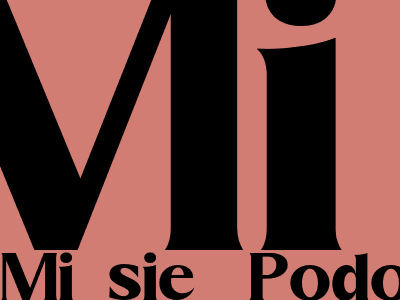The Clavicular Muscle: Anatomic Features and Clinical Importance
Introduction
The clavicular muscle, also known as the subclavius, is a small triangular muscle situated in the anterior region of the neck. It plays a significant role in stabilizing the clavicle, the bone that connects the sternum to the shoulder. Despite its relatively diminutive size, the clavicular muscle has essential functions and clinical implications that warrant further exploration.
Anatomical Features
Origin and Insertion
The clavicular muscle originates from the undersurface of the medial third of the clavicle. Its fibers run inferiorly and laterally to insert onto the undersurface of the first costal cartilage and the medial aspect of the first rib. This arrangement allows the muscle to act on both the clavicle and the rib cage.
Innervation and Blood Supply
The clavicular muscle is innervated by the subclavian nerve, a branch of the brachial plexus. Its blood supply is derived from the subclavian artery, which provides nutrient-rich blood to the muscle tissue.
Function
The primary function of the clavicular muscle is to depress the clavicle. By pulling the clavicle downward, the muscle helps to stabilize the shoulder joint and prevent excessive upward movement of the bone. Additionally, the clavicular muscle assists in the elevation of the first rib during deep inspiration.
Clinical Significance
Clavicular Muscle Injuries
Injuries to the clavicular muscle, although relatively uncommon, can occur due to direct trauma or repetitive strain. Symptoms may include pain and tenderness in the anterior neck region, difficulty raising the arm, and reduced shoulder stability. Treatment typically involves rest, ice application, and physical therapy to restore muscle function.
Clavicular Muscle Syndrome
Clavicular muscle syndrome is a rare condition characterized by compression of the subclavian artery and brachial plexus by the clavicular muscle. This can lead to symptoms such as pain, numbness, and weakness in the affected arm. Treatment may involve surgical intervention to release the compressed structures.
Additional Information
Embryological Development
The clavicular muscle develops from the ventrolateral somite during embryonic development. It is derived from the same mesenchymal cells that give rise to the trapezius and sternocleidomastoid muscles.
Comparative Anatomy
The clavicular muscle is present in most mammals, including humans, primates, and carnivores. However, its size and function may vary across species depending on the specific anatomical adaptations and locomotor patterns of each animal.
Conclusion
The clavicular muscle, despite its small size, is an important anatomical structure that plays a vital role in stabilizing the shoulder joint and facilitating arm movements. Understanding its anatomical features, function, and clinical significance is essential for healthcare professionals and individuals seeking to optimize their musculoskeletal health.

Comments